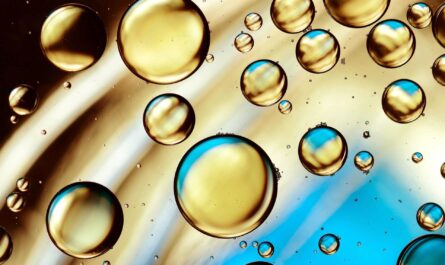Transparent plastics are a type of plastic that allows light to pass through it. They are commonly used in a variety of applications, including packaging, construction, and automotive. Transparent plastics are also relatively easy to recycle, making them a more sustainable option than other types of plastics.
In the recycling industry, transparent plastics are typically sorted by their resin type. The most common resin types for transparent plastics are polyethylene terephthalate (PET), polyvinyl chloride (PVC), and acrylic. PET is the most recycled transparent plastic, and it is used to make a variety of new products, such as bottles, food containers, and clothing. PVC is also a commonly recycled transparent plastic, and it is used to make a variety of products, such as pipes, windows, and siding. Acrylic is less commonly recycled than PET or PVC, but it can be used to make a variety of products, such as lenses, signs, and jewelry.
Once transparent plastics have been sorted by resin type, they are typically shredded and melted down. The melted plastic is then formed into new products. The recycling process for transparent plastics is relatively efficient, and it can help to reduce the amount of waste that ends up in landfills.
There are a number of challenges associated with recycling transparent plastics. One challenge is that transparent plastics are often mixed with other types of plastics, such as colored plastics or plastics with labels. This can make it difficult to sort transparent plastics correctly. Another challenge is that transparent plastics can be difficult to clean. If transparent plastics are not cleaned properly, they can contaminate the recycled product.
The Transparent Plastics Market Size was valued at US$ 161.2 billion in 2022, and it is expected to reach USD 214.91 billion by 2030, growing at a CAGR of 3.66% during the forecast period. Despite these challenges, the recycling of transparent plastics is an important part of the efforts to reduce plastic pollution. By recycling transparent plastics, we can help to conserve natural resources and protect the environment.
The Future of Transparent Plastics Recycling
The future of transparent plastics recycling is bright. There are a number of new technologies that are being developed that could make it easier and more efficient to recycle transparent plastics. For example, new sorting technologies are being developed that can more accurately sort transparent plastics from other types of plastics. Additionally, new cleaning technologies are being developed that can more effectively clean Transparent plastics.
As these new technologies are developed, the recycling of transparent plastics is likely to become more widespread. This will help to reduce plastic pollution and protect the environment.
Here are some of the benefits of recycling transparent plastics:
- It conserves natural resources.
- It reduces pollution.
- It creates jobs.
- It saves energy.
- It protects the environment.
Here are some of the things you can do to help recycle transparent plastics:
- Rinse out containers before recycling them.
- Remove labels from containers before recycling them.
- Recycle transparent plastics in the correct bin.
- Support businesses that use recycled materials.
By recycling transparent plastics, you can help to make a difference for the environment.



